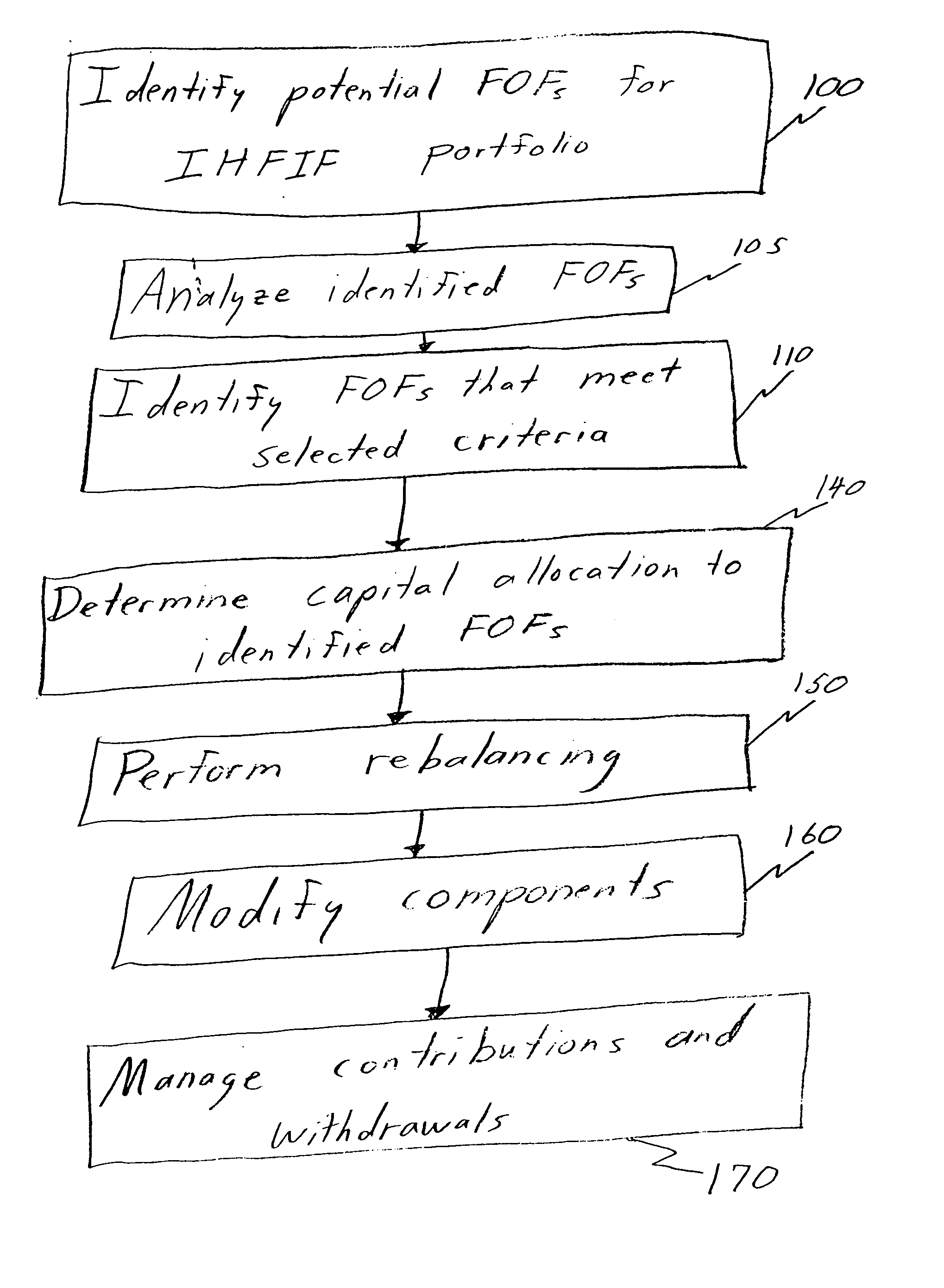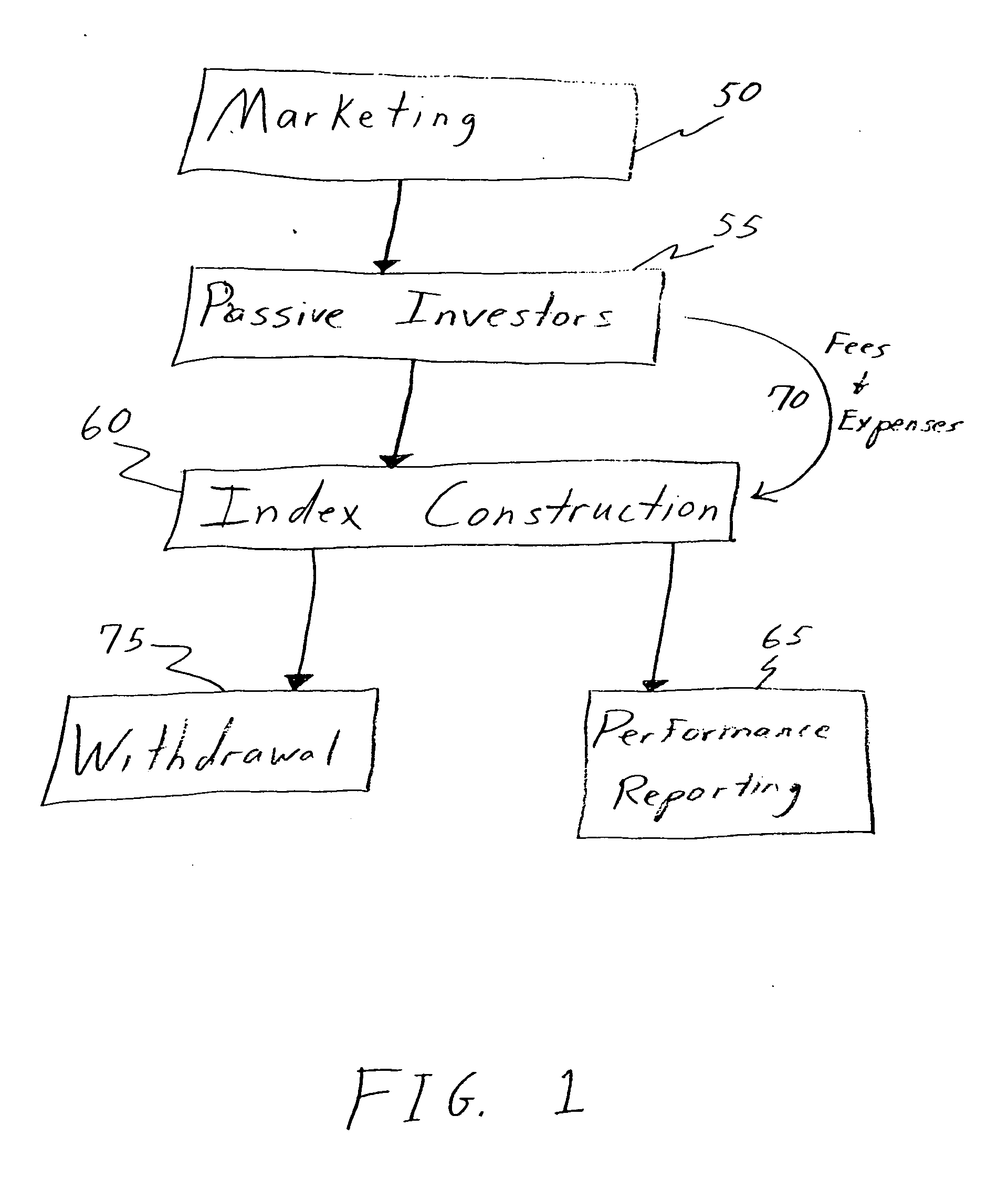Hedge funds often have restricted liquidity, since they cannot be traded in the open market.
And hedge fund advertising is restricted.
Thus, unless a hedge fund voluntarily reports its existence and performance to some database, the public may be unable to learn of either.
However, “beating the market, as described by a fair benchmark, constitutes the foremost object of an investment manager.” See David F. Swensen, Pioneering Portfolio Management, The Free Press, 2000, page 300, cited hereinafter as “Swensen.” And although everyone would like to outperform the market, Vanguard believes “it's more difficult than you might think .
The harsh reality of the negative sum game dictates that in aggregate, active managers lose to the market by the amount it costs to play, in the form of management fees, trading commissions, and dealer spread.
Lack of Index Funds in Alternative Investment Strategies
Not only is the market or benchmark difficult to define, creating an index fund to encompass a defined market has an assortment of its own difficulties.
As a result, surveyors of the alternative investment arena have assumed that investable indices in alternative strategies cannot exist.
However, as explained below, neither benchmark approach can be replicated in an index fund.
Thus, an absolute return benchmark as high as the aspirations for this asset class cannot be turned into an index fund for passive investors.
While such peer indices provide a numerical benchmark, the indices suffer from measurement biases that are rampant in databases of historical hedge fund returns.
As noted by William Fung and David A. Hsieh (in “Benchmarks of Hedge Fund Performance: Information Content and Biases,” Research paper, Fuqua School of Business, Duke University, February 2001, cited hereinafter as “Hedge Fund Benchmarks”, pages 2-4), hedge fund databases suffer from survivorship bias and
selection bias.
Survivorship bias arises when a sample of hedge funds includes only funds that are operating at the end of the sampling period and thus excludes funds that have ceased operations during the period.
From the
universe of all hedge funds, those that ceased to exist before database vendors started data collection, ceased operations (“dead funds”), or simply exited a database, whether voluntarily or not (“defunct funds”), all cause
tracking error between the peer index and the
universe of hedge funds.
This effect would cause databases to understate industry performance.
Both self-selection biases create errors in the historical reporting of peer indices.
As a result of such measurement biases, peer indices do not accurately reflect the hedge fund market.
Although Fung and Hsieh reach the conclusion that funds of funds should be used as “building blocks” for hedge fund performance benchmarks, they do not disclose creating an investable index fund based on an index of funds of funds.
Consequently, they also fail to disclose how such a fund might be created and managed.
This implies that the extra layer of fees that an index fund based on an index of funds of funds would entail would cause such an index fund to be noncompetitive.
However, they have not managed to create a fund based on those indices, nor does Hedge Fund Benchmarks disclose a practical method of creating and managing such a fund.
The indices mentioned in Hedge Fund Benchmarks simply attempt to include all of the FOFs in their database, resulting in tracking errors similar to those in hedge fund databases.
Creating an index fund through investment in other hedge funds has a series of theoretical and practical problems.
First, the
universe of all hedge funds is not known.
Without knowledge of the characteristics of the universe of hedge funds, creating a competent statistical sample is problematic.
Second, many leading hedge funds are closed to new investors.
Longstanding survivors in the business that do not accept new investment capital are outside of the universe of opportunities available to a new fund of funds.
A new hedge fund index may have difficulty building an appropriate diversified portfolio.
Fourth, the administration of investment in hundreds of funds (the number likely required for a statistically representative sample) would be a logistical
nightmare.
The universe of hedge funds is very large (estimated at over 6,000 funds) and complex (one industry-leading database currently lists 25 separate strategies for hedge fund investments).
Creating a rigid process to maintain an index fund is extraordinarily difficult with an ever-changing industry.
Given these constraints, perhaps it is not surprising that the vehicles introduced by Zurich and Morgan Stanley have thus far failed to be embraced by outside investors.
An index fund formed by direct hedge fund investment cannot offer
exposure to currently closed hedge funds.
One perceived problem with the creation of a portfolio of FOFs is the addition of yet another layer of fees on top of those of the hedge fund manager and the FOF manager.
 Login to View More
Login to View More  Login to View More
Login to View More 


